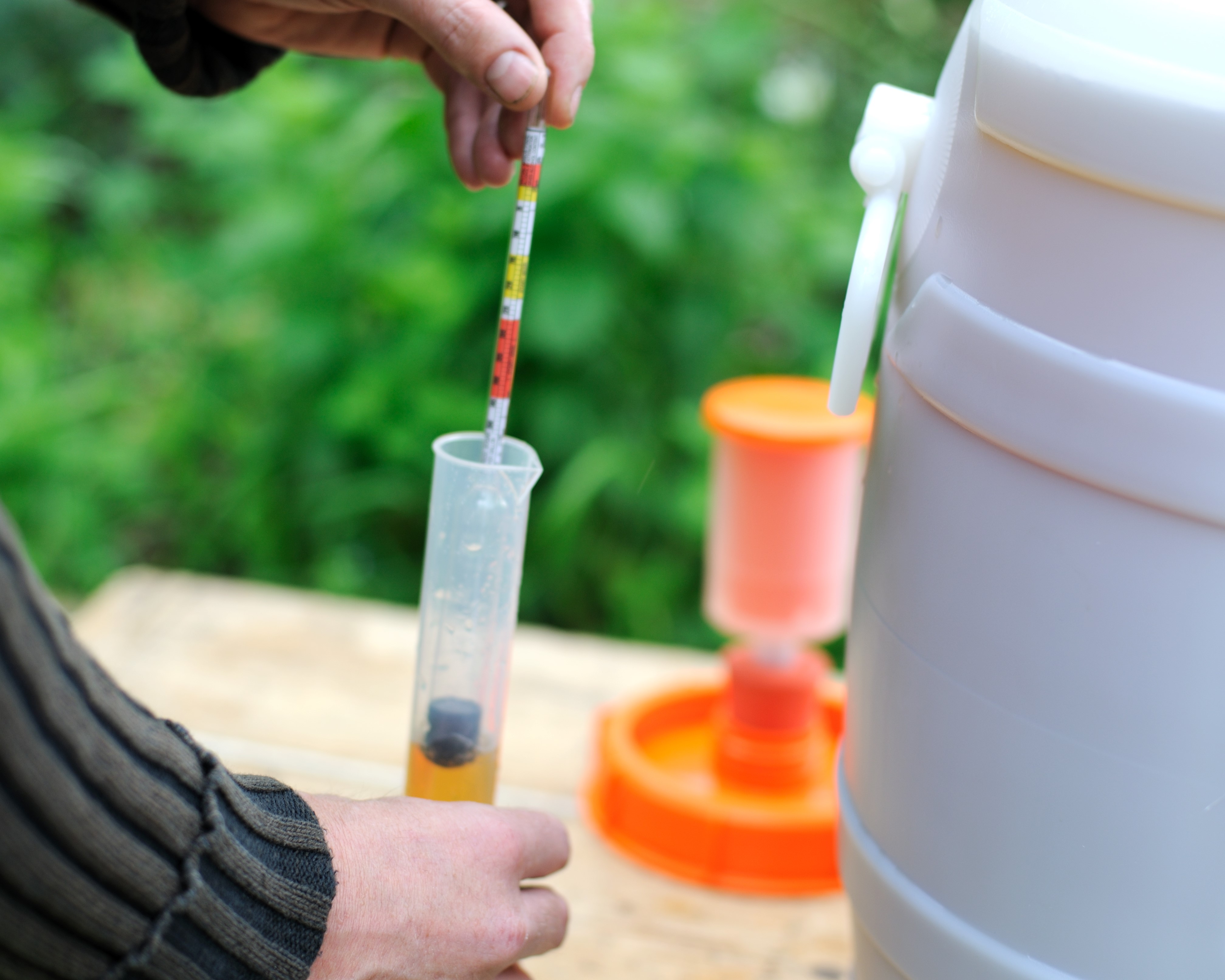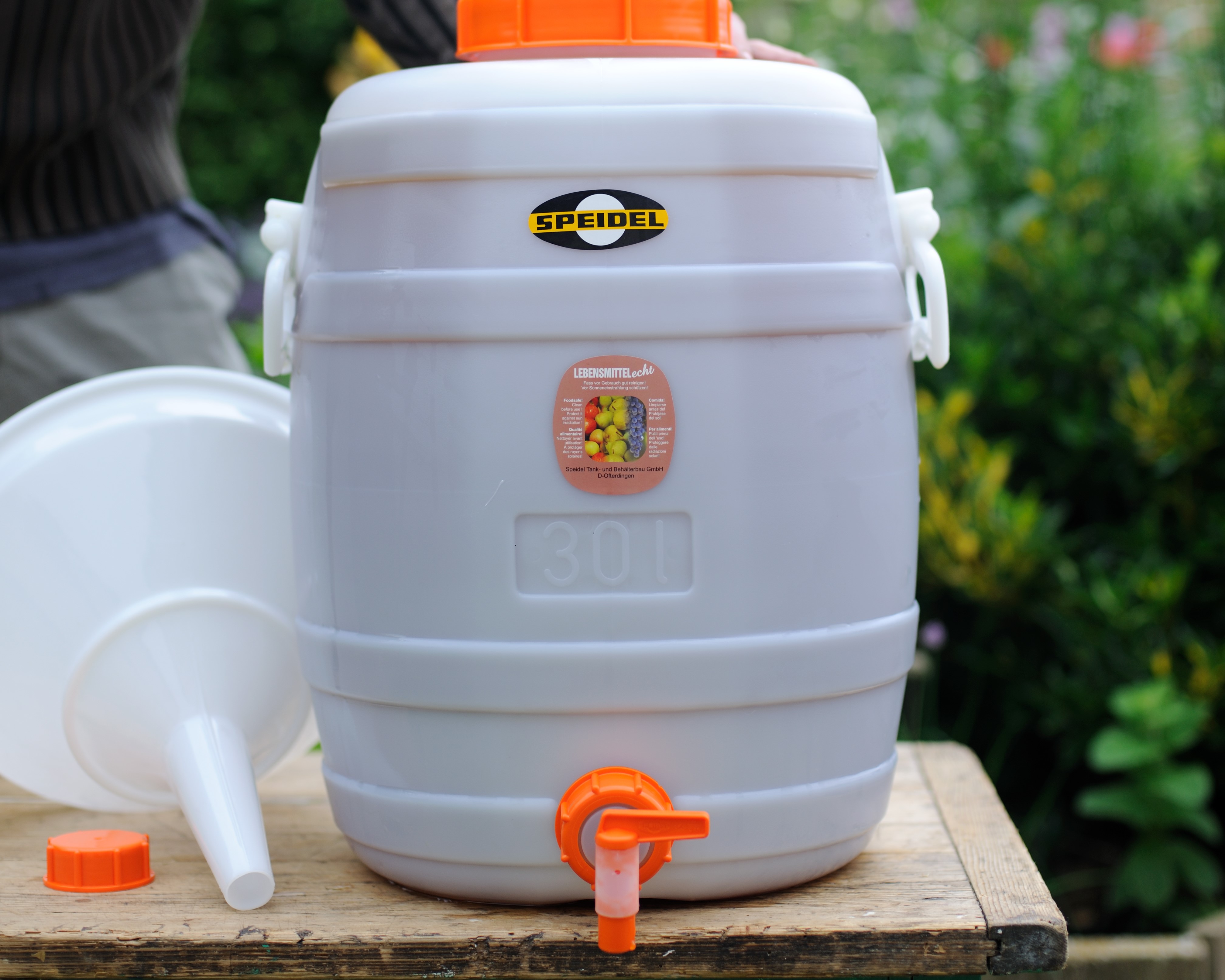Fermentation 101: Tips and Tricks for Successful Cider Making
Fermentation 101: Tips and Tricks for Successful Cider Making

Cider making is a fun and rewarding craft that has been enjoyed for centuries. One of the most crucial steps in the process is fermentation. This is where the natural sugars in apple juice are transformed into alcohol, creating that signature crisp and refreshing flavour. To help you master this essential part of cider making, we've put together this Fermentation 101 guide with tips and tricks for a successful cider fermentation.
Yeast Selection
The choice of yeast can significantly impact the flavour, aroma, and overall quality of your cider. There are various yeast strains available, each with its unique characteristics. Here are a few popular options to consider:
Young's Dried Active Yeast 100g: This yeast strain is a versatile choice, known for its ability to produce clean and crisp ciders. It's a great option for those looking to create a classic, traditional cider.
Mangrove Jack's M02 Cider Yeast: If you're seeking a yeast strain tailored specifically for cider production, Mangrove Jack's M02 is an excellent choice. It can bring out the fruity and estery notes, creating a cider with an enhanced apple aroma and flavour.
Cider Yeast 100g (saccharomyces bayanus strain): For those who prefer a slightly different approach, the saccharomyces bayanus strain is a reliable option. This strain creates a cider with a crisp finish and a well-defined apple character, making it a popular choice among cider enthusiasts.
Temperature Control
Fermentation temperature is important to the cider-making process. It influences the flavour, smell, and the yeast's activity. Here are some temperature control tips:
Steady Temperature: Maintain a consistent fermentation temperature, ideally between 15-24°C (60-70°F) for most yeast strains. Changes in temperature can lead to flavours being off and stressed yeast.
Cool Fermentation: If you want a cleaner, crisper cider, opt for a lower fermentation temperature within the recommended range above.
Warm Fermentation: To promote fruity esters and a more complex flavour profile, ferment at the higher end of the recommended temperature range above.

Troubleshooting Common Issues
Cider fermentation can be tricky, and issues may happen. Here are some common problems and how to fix them:
Stuck Fermentation: If your fermentation stops before it's complete, try gently stirring the cider to resuspend the yeast. You can also add yeast nutrient, like our Yeast Nutrient 100g, to boost yeast activity.
Off-Flavours: Off-flavours can be caused by a variety of factors. To prevent this, ensure your equipment is properly sanitised, and your cider is well aerated before fermentation. Controlling the fermentation temperature and using the right yeast strain for your desired flavour can also help.
Cloudy Cider: If your cider appears hazy, it could be due to suspended yeast. Give it more time to settle, or consider using fining agents, like the Cider Brite Cider Finings, to clarify the cider.
Unwanted Smells: If your cider has a funky or sulphur-like smell, it might be due to stressed yeast. Proper temperature control and nutrient addition can help mitigate this issue.
Acidity and Sweetness: Balancing acidity and sweetness can be tricky. Taste your cider regularly and adjust with sugar or acid additions as needed to achieve the desired balance.
Successful cider fermentation is an art, and with these tips and tricks, you'll be well on your way to crafting amazing ciders. Remember that practice makes perfect, and it's okay to experiment with different yeast strains and fermentation techniques to find the flavour profile that suits your taste. As you continue your cider-making journey, you'll discover that the possibilities are as endless as the apple orchards themselves. Cheers from us at Vigo Presses to your next batch of delicious homemade cider!
